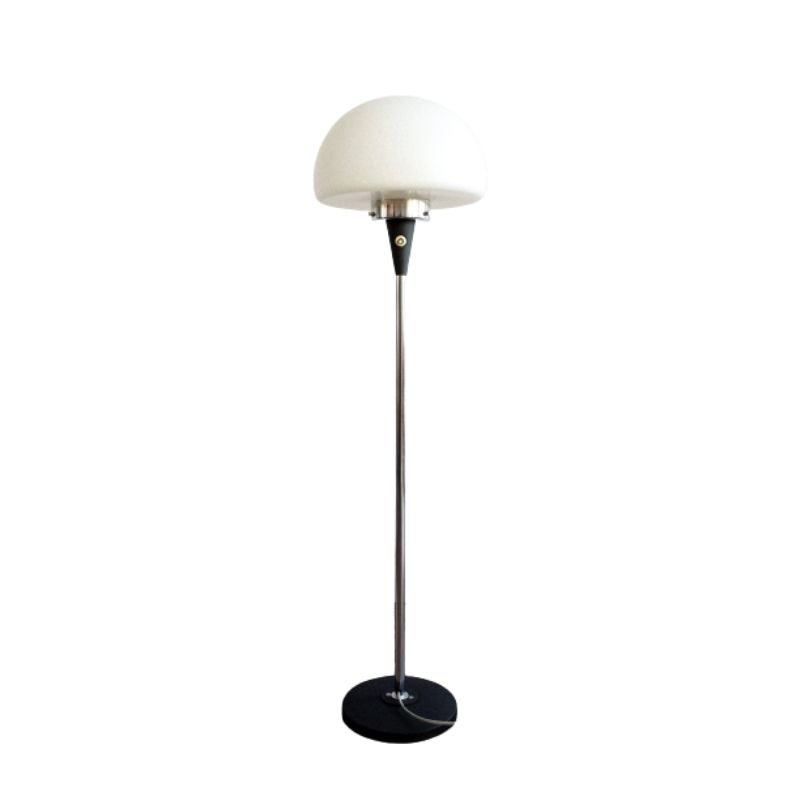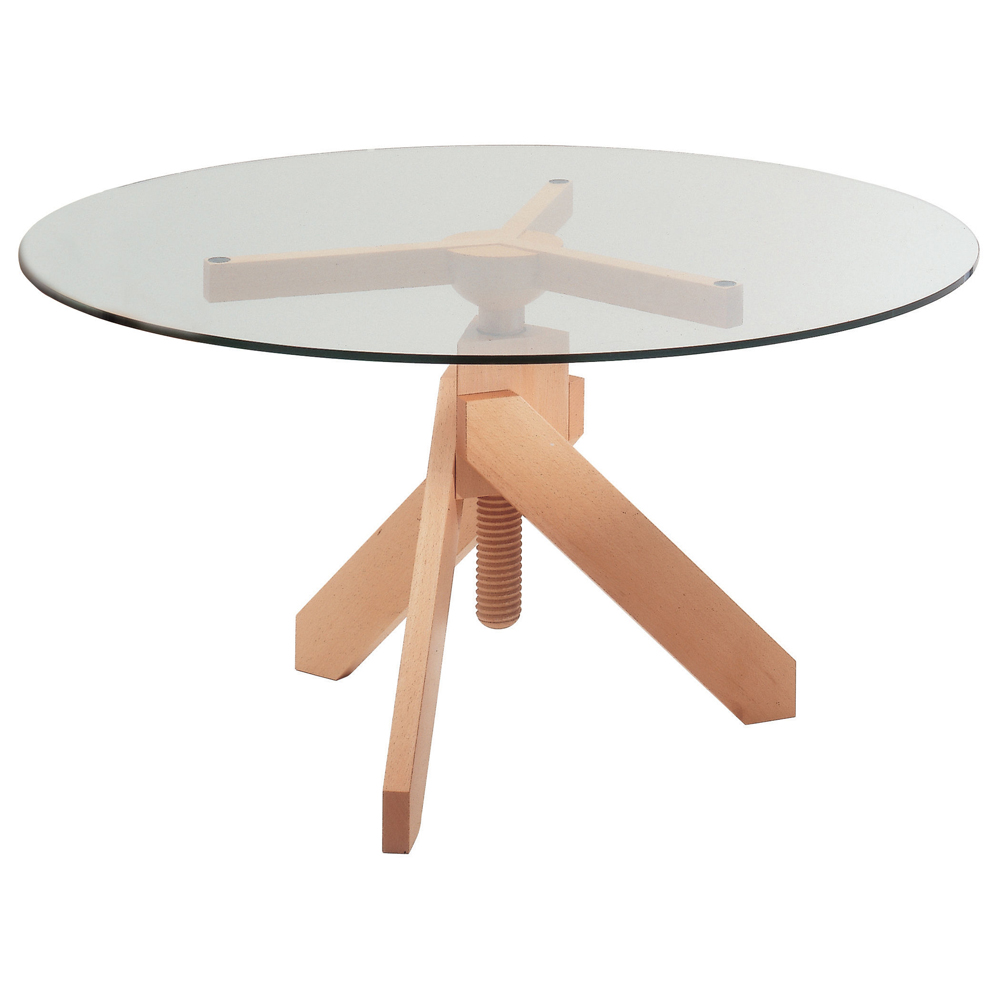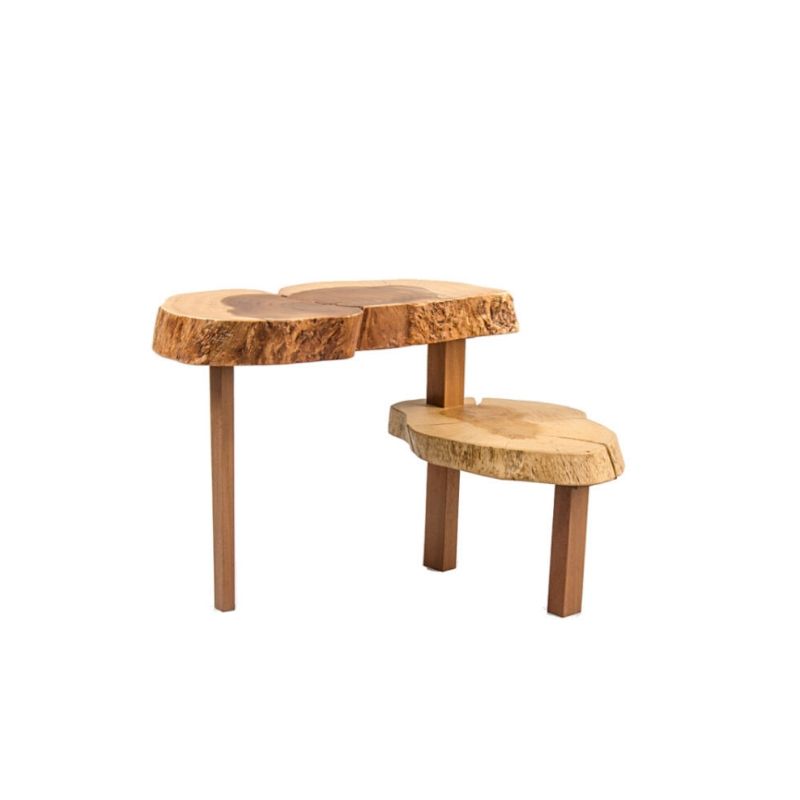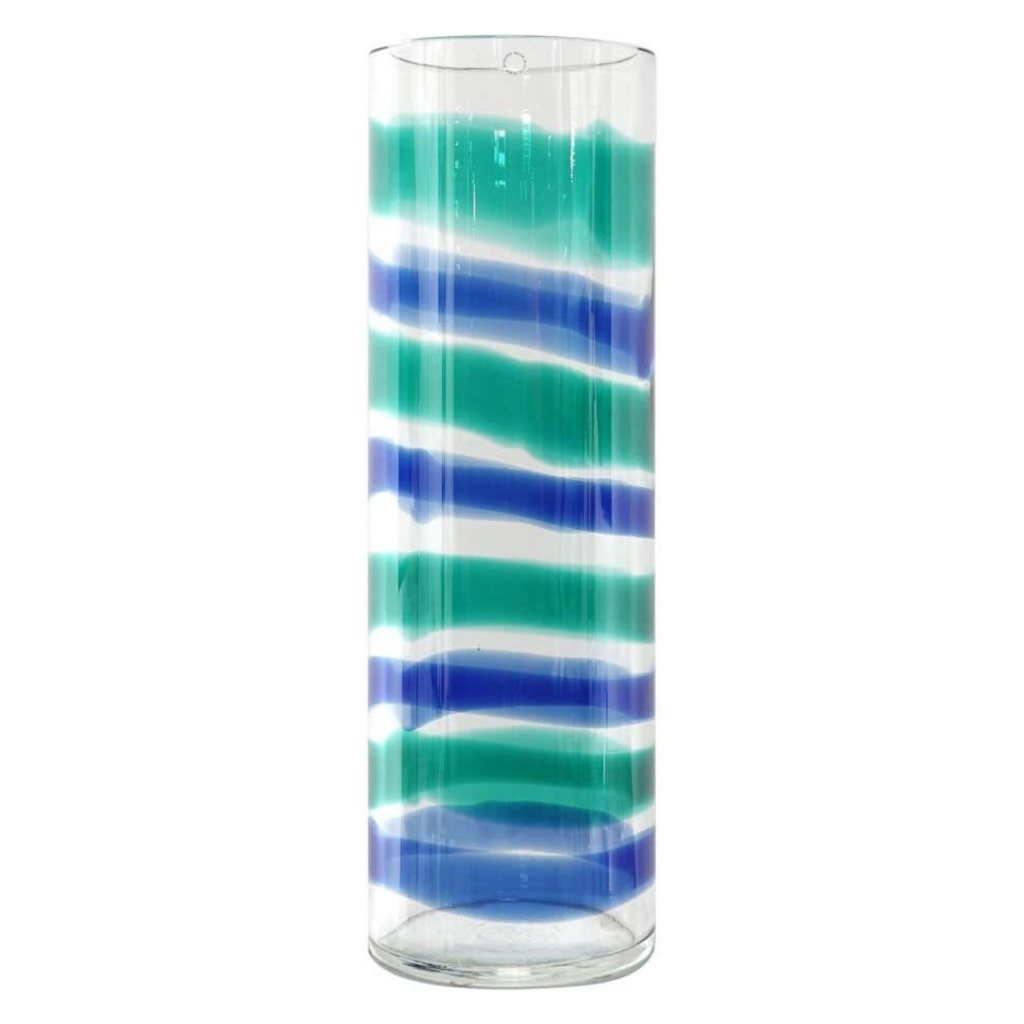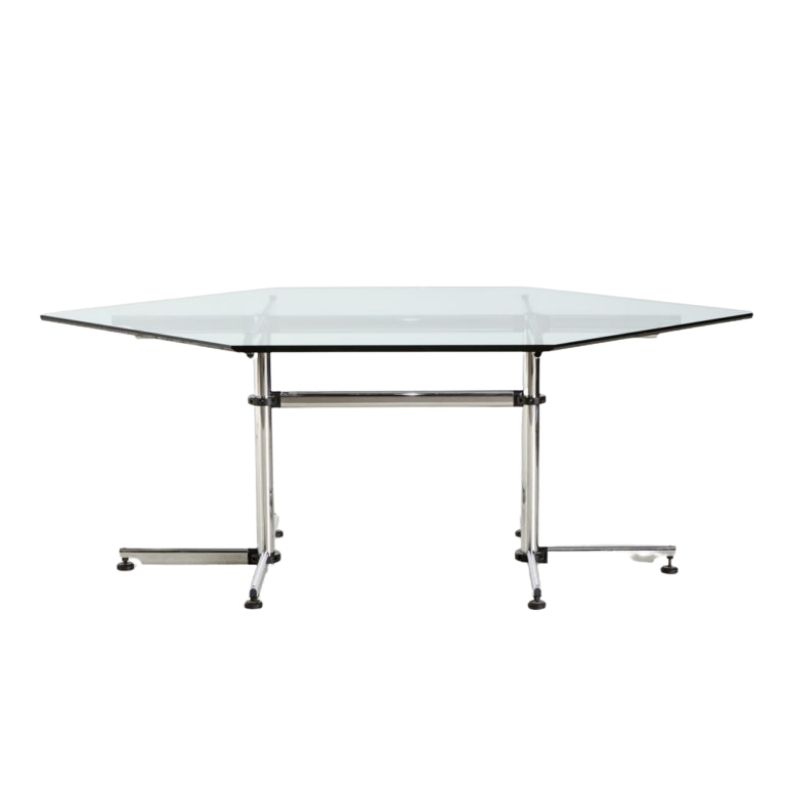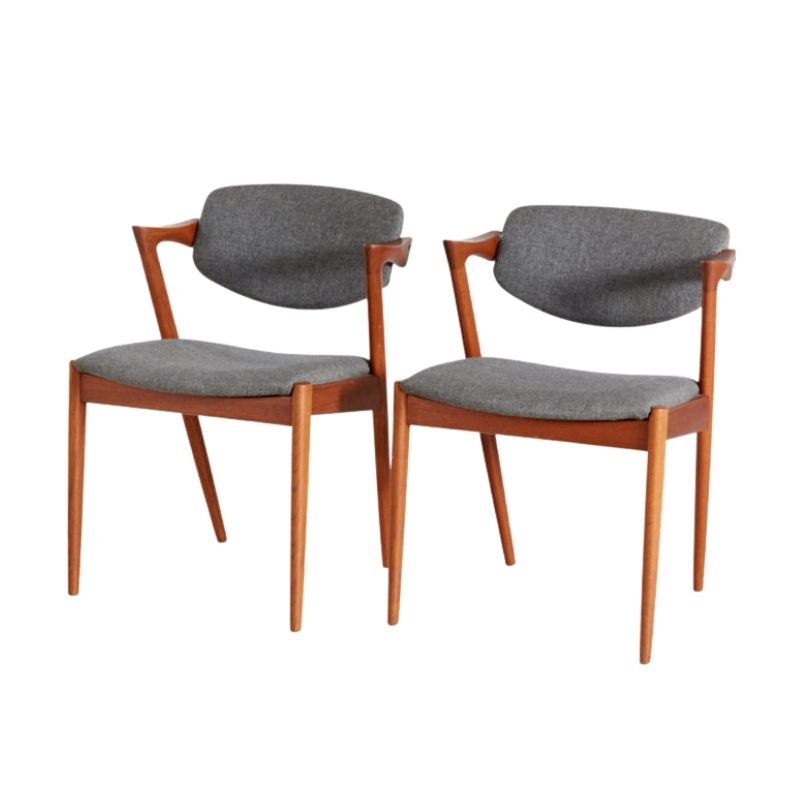Hi HP
Yes, they can be re-enamelled. I do not know of teak handles for Le Creuset, but Copco's are easy to take off. The end with the hanging hole, in diecast aluminum has a long threaded rod fixed to it. That rod goes all the way trough the handle and is screwed into the skillet. So, put a screwdriver through the hole and turn the end counter clockwise. An old skillet might have some rust between the rod and the skillet so, it might be a good idea to drop some rust remouver ( do you have DW40 in Australia)between the handle and the cast iron skillet (on the low end of the handle) and give it a few hours to penetrate.
I can not remember off hand at what temperature enamel on the cast iron was fired, but if your local pottery does not find out I can ask the good people at N.A.Christensen to tell me. As far as the enamel is concerned any ceramic galze will do if you add some flux agent...borax is food safe.
...I wish I was closer...
what kiln temperature is required to re-enamel?
This fascinates me too. American Thrift stores are littered with Copco, Le Creuset, and a Belgian brand (D something) of enamelled cook wear with chips that absolutely no one wants. You can practically get them for free. This would be a great business for someone--reenameling this stuff. Talk about a green enterprise. Reenamelling has to be about a million times better for the environment than simply tossing them aside and buying brand new Calphalon. I use nothing but Griswold unenamelled cast iron, because I got sick of chipped enamel on the few Le Creuset's that I bought. But I liked the way Le Creuset cooked. I'd use it again if it could be re-enamelled. Might even start Enamelledpan.com. 🙂
Enamel on steel
is not very different from enamel or glaze on ceramics. The only difference is that the enamel on steel is fired at a lower temperature and the shrink of the enamel is adjusted to the shrink and expansion of steel. Mild steel sheet has been enameled for centuries, especially in central european countries but otherwise all over Europe. The low temperature allows for brighter colours but it was environmental regulations in Denmark that reduced Copco's vivid colour assortment (combined with white interiors) of the sixties to milder coulours in the seventies (like the sand color that Copco made under the name bisquit. The popular matt black version (often seen as un-enameled) stays alive untill this day, now sold in Europe by AGA.
The idea of re-enameling is not new. European work shops have done it for quite some time. The skill disappeared when stainless became affordable and the new standard for cookware.
I recently restaured to former glory a large broken jug. One of the ugliest things I have seen in a long time. An tasteless combination of a complicated yet classic shape with "sponge" decoration it had the usual sixteen different curves in the handle...well you know what I mean. The people that broke it were very surprised that it could be done. Repairing things seems to be a vanishing skill...on a comeback?
Thanks Koen, thats a great...
Thanks Koen, thats a great help, I didn't realise enamel and glaze were basically the same thing. I know next to nothing about ceramics.
I do remeber an essay about Laszlo Moholy Nagy (?) and some enamel on steel artworks he ordered in the 20's, he had a sheet of graph paper and so did the factory manager and he dictated the design over the telephone. I don't know why but I find this much more exciting than all the hoopla surrounding the internet.
Warranty worked for me
Le Creuset has a life-time warranty--send it back and they'll fix it or replace it.
http://www.lecreuset.com/usa/content.php?name=Warranties
Hi
Im currently having...
Hi
Im currently having some wire chairs refinished, I dropped them off at my local enameller this afternoon and we got to talking, I asked him about having Le creuset pieces re enamelled as I had read your post earlier in the week
The process he uses is called stove enamelling, paint is applied then baked in the oven for a number of hours, the finish is very glossy however it is not suitable for high temperature applications such as pots, and dishes etc
The finish used on high temp pieces is called vitreous enamelling
I found this before and gives a little insight into the process
http://en.wikipedia.org/wiki/Vitreous_enamel
I am unsure of where you are based but he mentioned that here in England there is a limited number of companies that can undertake vitreous enamelling
Best of luck with them if you do get them re finished I would love to see some before and after pics
Pete
If you need any help, please contact us at – info@designaddict.com



